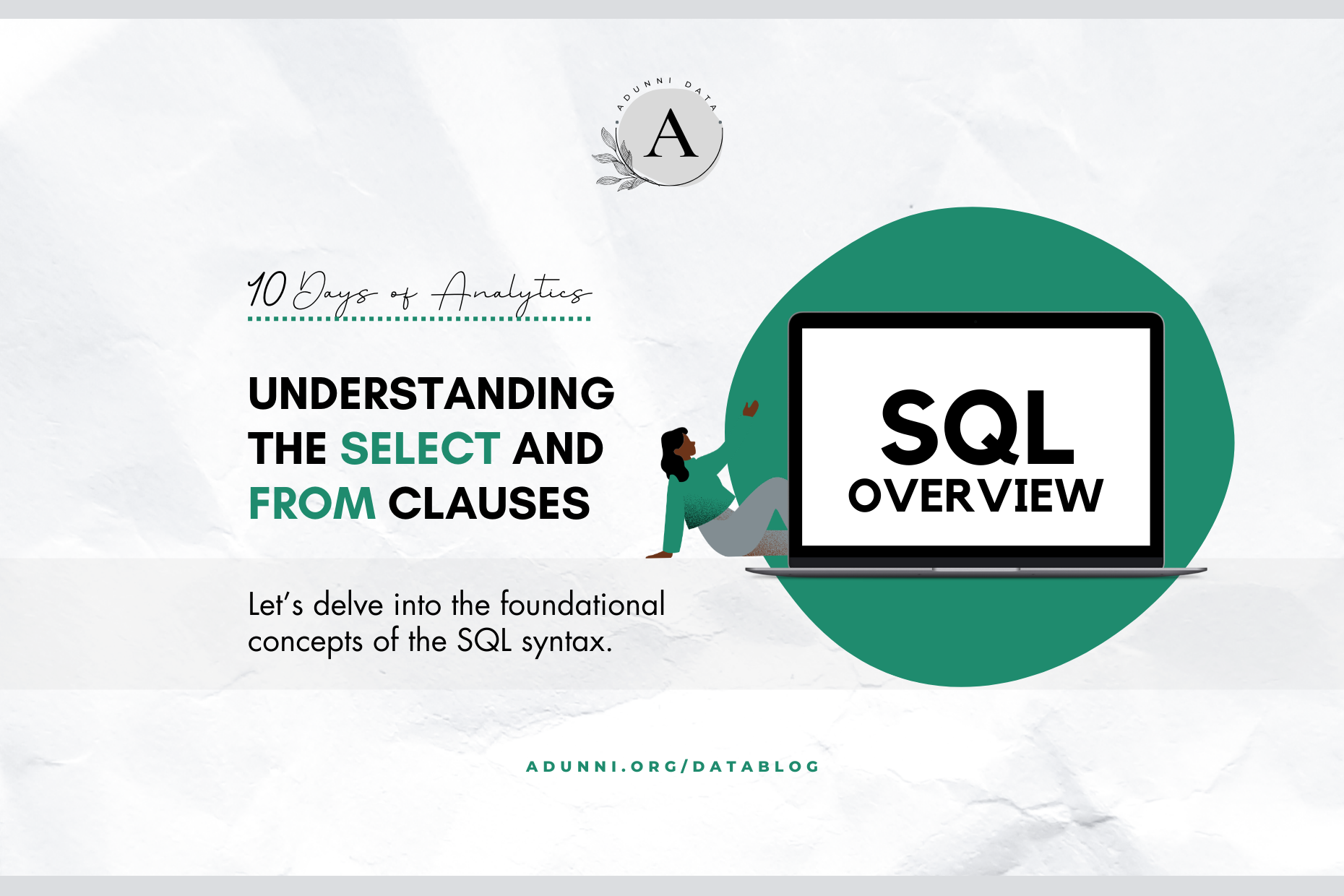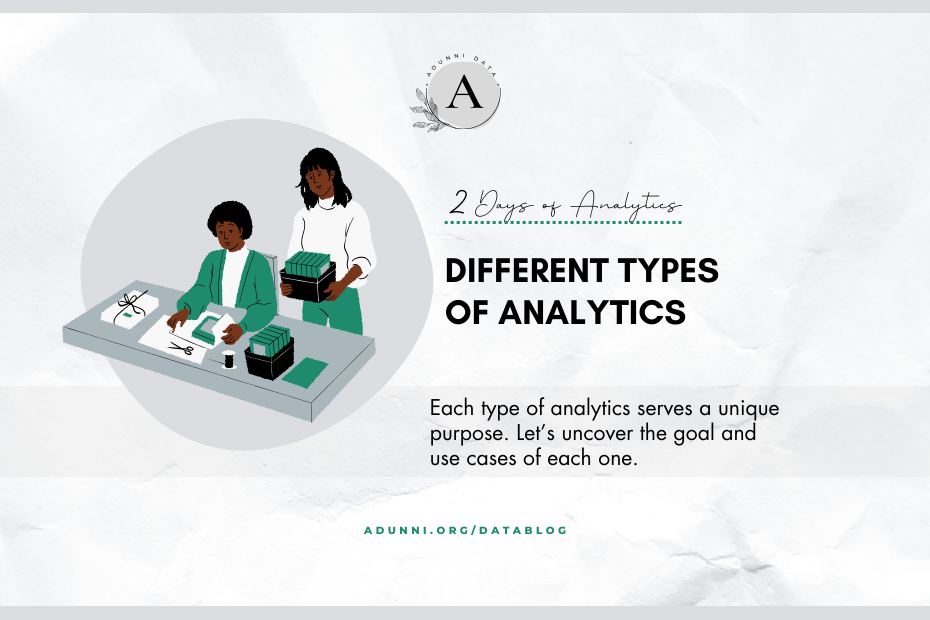Data analytics is a field that has undergone remarkable evolution over the past few decades. From its humble beginnings as a niche area of statistics, it has grown into a vital component of decision-making in nearly every industry.
Let’s take a journey through the key milestones in the history of data analytics.
Early Beginnings (1950s – 1970s)
The roots of data analytics can be traced back to the 1950s when businesses first started using computers to automate manual data processes. Early mainframe computers enabled rudimentary calculations and statistical analysis. This era laid the groundwork for what would become modern data analytics.
Spreadsheet Revolution (1980s – 1990s)
The 1980s saw the rise of spreadsheets, with the introduction of VisiCalc and later Microsoft Excel. These tools revolutionised data handling and made it accessible to a broader audience. This period marked a significant shift from mainframe-centric data processing to personal computers.
We also saw the development of Database Management Systems like Oracle, IBM DB2, and Microsoft SQL Server. They provided powerful tools for storing, organising, and retrieving large volumes of data. This allowed for more structured and efficient data management.
Business Intelligence (BI) Emergence (1990s – Early 2000s)
The 1990s saw the emergence of Business Intelligence tools, which provided dashboards and reporting capabilities. Tools like Cognos (Later acquired by IBM) and Business Objects allowed businesses to gain insights from their data, facilitating better decision-making.
Big Data Era (Mid-2000s – Present)
The mid-2000s marked a paradigm shift with the advent of Big Data. The proliferation of the internet, social media, and IoT devices led to an explosion of data. Technologies like Hadoop and NoSQL databases emerged to handle this massive volume of information.
The Big Data Era also witnessed the emergence of real-time data processing and analytics. Data streaming technologies like Apache Kafka and platforms like Spark Streaming enabled organizations to process and analyze data as it’s generated. This real-time capability is vital in applications like fraud detection, monitoring network performance, and delivering personalized content.
Data Visualization and Predictive Analytics (2010s – Present)
Advancements in machine learning and artificial intelligence have allowed for more sophisticated analysis. Predictive analytics, which uses historical data to make future predictions, became a powerful tool for businesses seeking to anticipate trends and make proactive decisions. Cloud platforms such as AWS, Azure, and Google Cloud offered scalable resources for building and deploying predictive analytics models.
Despite its tremendous potential, predictive analytics faces challenges related to data privacy, bias, and model interpretability. These ethical considerations are paramount when making decisions based on predictive insights
We also saw the rise of tools like Tableau, Power BI, and D3.js which made it easier to create visually compelling representations of data. Data visualization became crucial in conveying insights to a wider audience and facilitating better communication within organizations.
AI-Powered Analytics (Present – Future)
Recent years have seen a surge in the application of artificial intelligence in data analytics. Machine learning models are now used to automate tasks, uncover hidden patterns, and generate insights that might be overlooked by traditional approaches. This is an exciting new horizon for the entire world and not just analytics but we’ll delve into this a little bit more in the coming days.
In Summary
The history of data analytics is a testament to the relentless pursuit of extracting value from data. From its humble beginnings in the 1950s to the AI-powered analytics of today, it has transformed the way businesses operate and make decisions. As technology continues to advance, we can only expect the field of data analytics to become even more integral to our daily lives.
Did you learn anything new? Share your new insights with us on Facebook, LinkedIn or Instagram and don’t forget to tag us!



